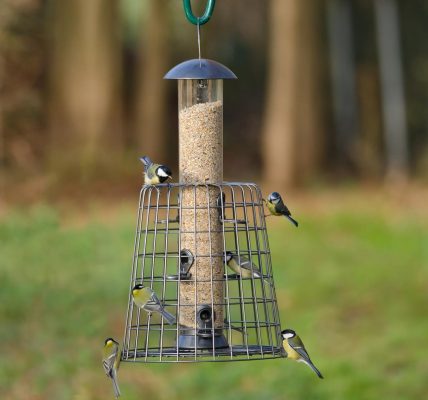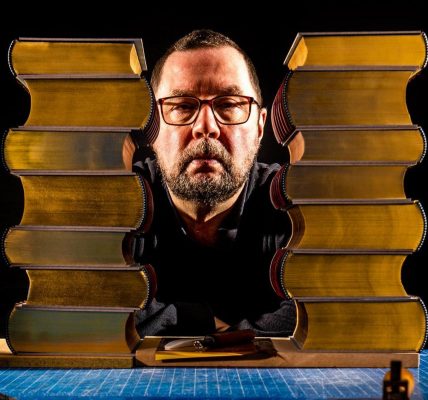Best phones to buy for an elderly relative
Smartphones have become so fundamental to modern life, and in so little time, that it’s easy to overlook the vast numbers of people who don’t own one.
This is particularly true of some retirees, who see little benefit in replacing their “dumb” handsets with more up-to-date ones. After all, if all you’re doing is making calls, any phone will do.
The trouble comes when you try to interact with a business that has moved its operations entirely online – as was the case recently when a 78-year-old customer was refused service at his local pub because he didn’t have a mobile phone on which to register his details.
The adverse publicity prompted a swift U-turn by the landlord, but not before Age UK had warned that older people were increasingly at risk of being discriminated against for not keeping up with the latest technology. Half of those aged 65 to 74, and 70 per cent of over-75s do not use a smartphone, the charity estimated.
It prompts the question: what’s the easiest smartphone to buy for an elderly relative who has not used one before?
The answer, if money is no issue, is an iPhone. If money is an issue, the answer is a second-hand iPhone.
This is because despite its multitude of uses, Apple deliberately restricts what you can do with its handsets. It’s very hard to make them go wrong. The interface is fundamentally the same as it was 10 years ago, and if you can touch an icon on a screen, you can master as much of it as you need to, in a few minutes flat.
This is not the case with Android phones – those made by Samsung, HTC and just about everyone else. There are dozens of different implementations of the software and endless customisation options, which is great for most of us but frustrating if you’re trying to help someone navigate the menu system from a distance.
Apple’s current range of iPhones starts with the £400 Second Generation SE, though a few older models remain available from some retailers. Its 4.7-inch screen is among the smallest you’ll find on any recent phone, though it’s a third larger than the first generation model. The average size for screens today is closer to six inches.
But the SE is also quite light, reasonably powerful and takes very decent pictures. It has no conventional headphone socket, though, so you will need a listening device with Apple’s proprietary Lightning socket. Like all iPhones, the SE has built-in accessibility options including text resizing, colour changing and subtitles, and there is an Assistive Touch facility to help those who have motor skill issues.
It’s a bargain by iPhone standards, but £400 is still a hefty price, when Android handsets can be had for 75 per cent less. But for around £150 you can buy a refurbished, four-year-old iPhone 7, with a broadly similar size and specification to the current model. These can be had from GiffGaff, along with one of their cheap Sim cards, and from countless other suppliers.
It would be a mistake to opt for a model any older than that, because although Apple doesn’t exactly build obsolescence into its handsets, it does stop supplying software updates after a few years. This in turn means they will no longer run the latest apps.
iPhones are not the only handsets to come with accessibility features for older users; you can enable large icons and other aids on any Android phone, but the process varies between manufacturers. Nor are phones with physical buttons entirely obsolete, but buttons and apps are for the most part incompatible. And in a world of bank apps, NHS apps and now pub apps, it’s all too easy to be left behind.










